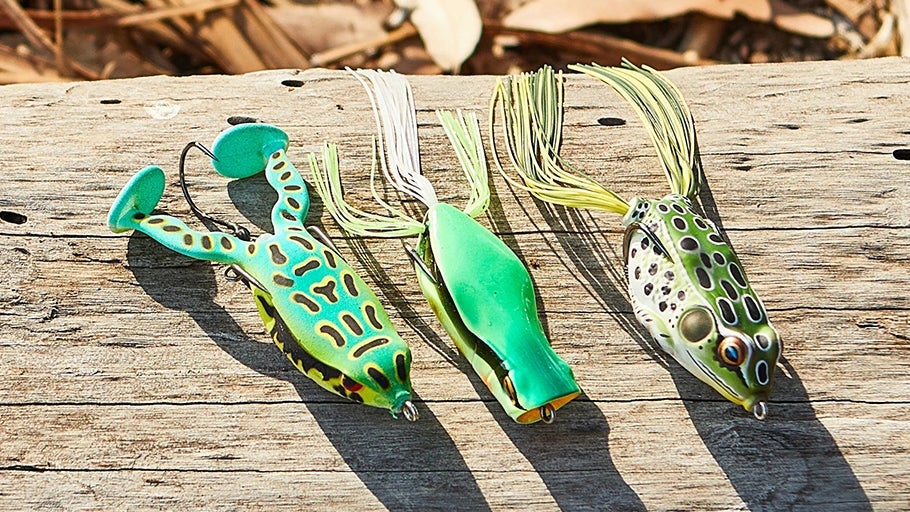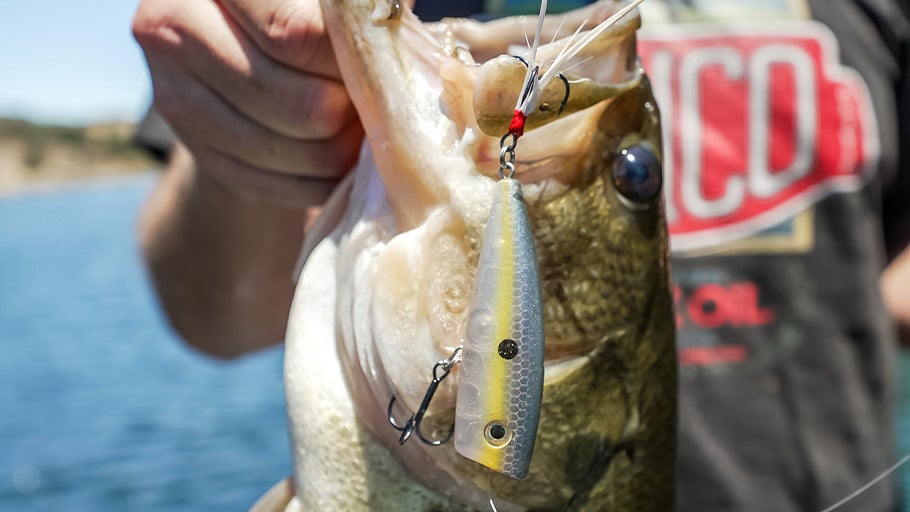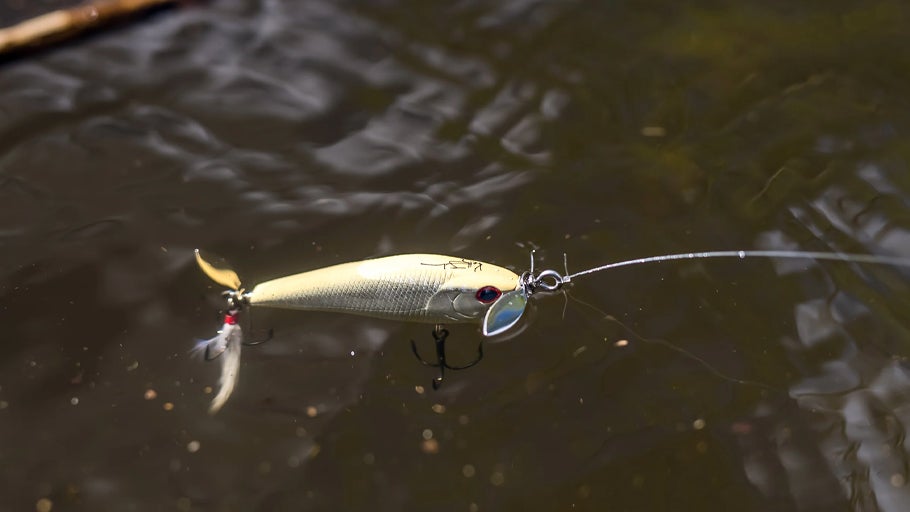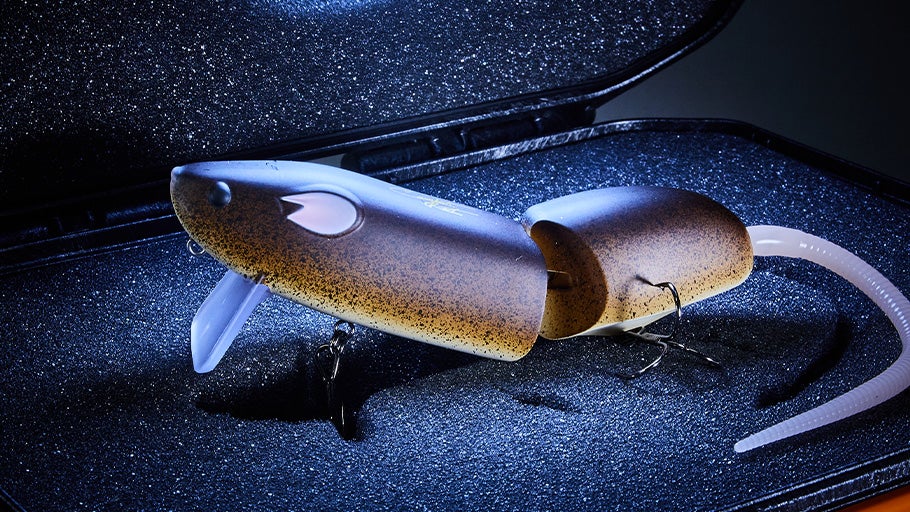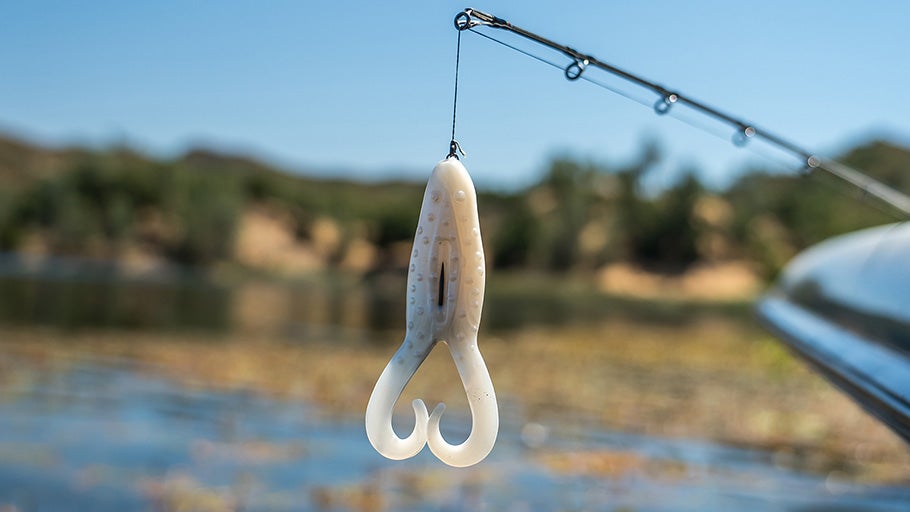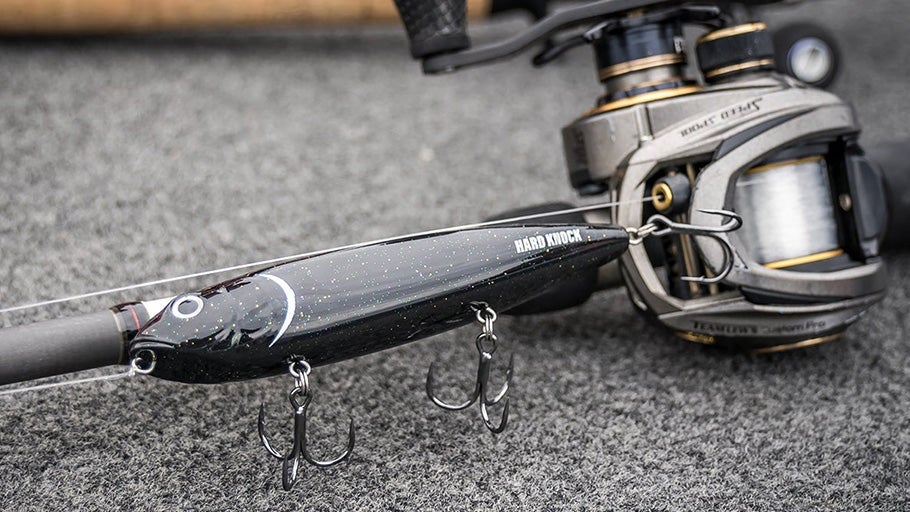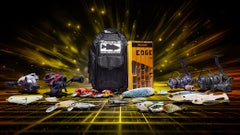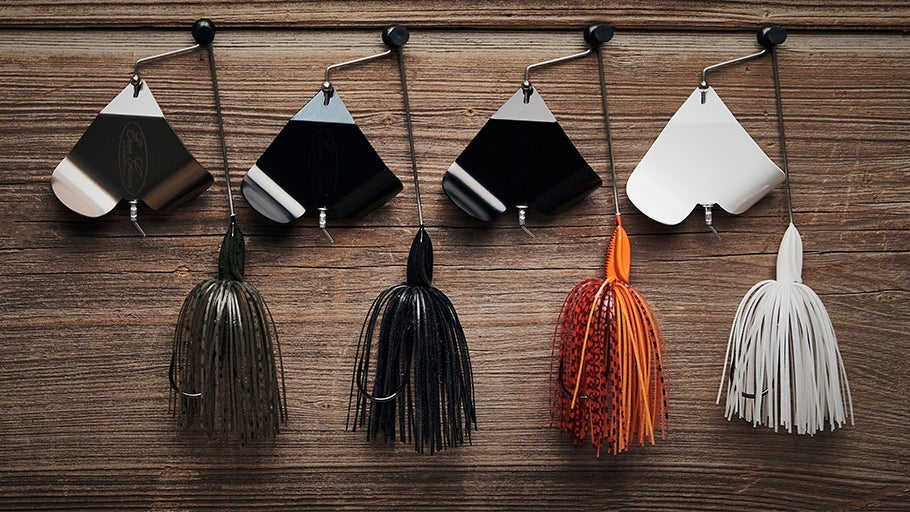
Rat Baits Gear Guide
Designed to thrash around on the surface and disturb water to let bass know it’s an easy meal, rat baits generate aggressive strikes by delivering a commotion and profile that not only closely mimics rats, but can also suggest other forage like snakes, birds, lizards, and more! Rat baits are known for being awesome night fishing lures, deadly when the fish are shallow during the spawn, and effective anywhere you would traditionally throw a topwater lure.
A giant rat bait won’t catch every fish in the lake and isn’t effective during all months of the year, but a rat naturally attracts a bigger bite, making it a great option for anglers in search of their next personal best or kicker bass. In this Gear Guide, the TW Staff identifies the best fishing gear to use for rat baits, highlights tail modifications and rigging applications, and provides insight along the way so you’re prepared to capitalize on your next big rat bite!
Rat Rods
Oversized rat baits can make it awkward to land fish, as they’re often armed with treble hooks, have large profiles, and typically weigh between 1–6oz, which all contribute to a big fish gaining more leverage to throw the hook. A moderate to moderate-fast tapered 7’6”– 8’ heavy power swimbait casting rod with a lure rating covering the weight of your rat is imperative, so the rod loads slowly through the middle of the blank on a hookset and stays bent as you fight the fish.
The ideal rat rod blends the characteristics of an HD deep-diving cranking rod and swimbait rod by combining the power to cast a heavy lure comfortably with a slower taper that keeps the hooks pinned when a big fish erupts. If you’re using a lightweight rat like the SPRO Rat 40, you could also simply adopt the same rod you would use for a plopper or walking bait.
Rat Reels
When fishing big rat baits on a long, heavy-powered rod, a 300–400 size round or low-profile casting reel pairs nicely and ensures ample spool capacity for plenty of heavy braid or thick monofilament fishing line. Rat baits can be cumbersome due to their large profile and substantial weight, so it's important to use a reel that is capable of casting hefty lures and takes in enough line to move the bait, as action is often imparted by pumps of the handle. Topwater rat baits often generate violent and aggressive bites from big bass, so it's a good idea to use a casting reel with a smooth-starting drag to allow the fish to take the bait and keep the hooks pinned when you trigger a heart-stopping blowup.
Rat Line
Just like all topwater lures, a floating line is necessary to keep the lure on the surface and ensure the best swimming action out of your rat, so a straight braid or heavy monofilament mainline often yields the best results. Heavy rat baits weighing more than an ounce require the power and strength of a 50–80lb braid or 20–40lb mono, and some anglers even use a combination of a braid mainline to a monofilament shock leader to absorb headshakes and vicious strikes.
Rat Modifications & Rigging
While there aren’t tons of ways to rig or modify rat baits, anglers should experiment with swapping out different style worm tails, updating split rings and hardware, and replacing treble hooks regularly to ensure sharpness. On most custom rat baits, the tail of the lure is simply a soft plastic worm attached by a screwlock bait keeper, so it's easy to interchange paddle, ribbon, or curly tail worm types to give your rat more action as it comes through the water.
Rat baits are built in a variety of shapes, sizes, and body segments, which all create unique actions and distinct advantages for different types of fishing situations. A typical rat build includes a vertical bill and single-joint construction that travels slower through the water and can be chopped in place to trigger a bite on the surface, making these lipped baits ideal for shallow cover, laydowns, and target-oriented structure. A ‘swimming rat’ built without a vertical bill utilizes multiple segments to create fluid action that lends itself to being more of a search bait geared for longer casts, faster retrieves, and open water applications.
Rat Colors
Classic topwater colors like black and white always provide a good starting point, but much like a hollow body frog color selection, it's important to keep in mind that fish typically only get a look at the belly of the bait. Choosing natural or match-the-hatch colorways like brown or grey is less important, as fish are typically only reacting to the commotion and surface disturbance, especially when you’re fishing after dark. Night-fishing anglers can also benefit from adding bright visibility stickers to the head and back of their rat baits to make them easier to track in the water and locate during low-light conditions.
Whether you’re fishing local ponds, rivers, or lakes, it's important to remember that bass are instinctively opportunistic predators and are not afraid to blow up on something thrashing on the surface. As the temperatures warm and days continue to get longer, pick up a rat bait to upgrade the quality of your topwater bites this summer!






















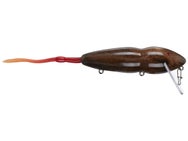
















.jpeg&nw=780)


























































